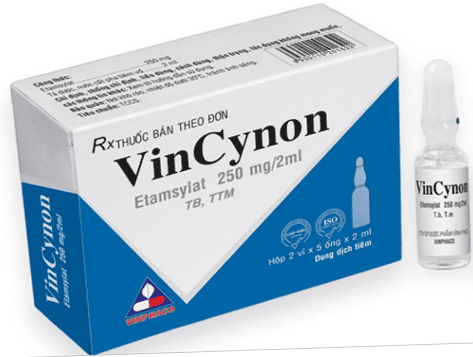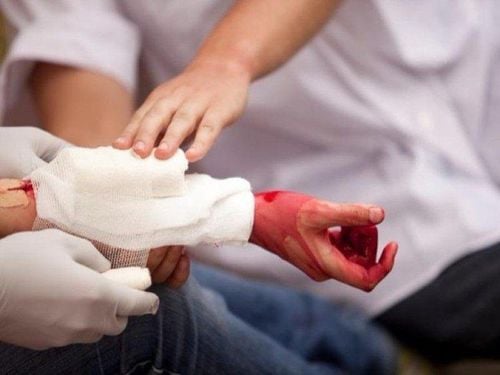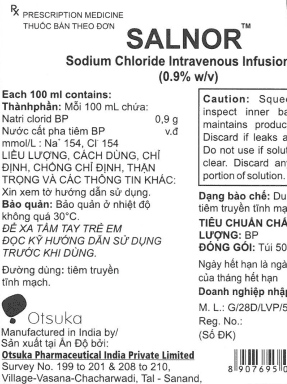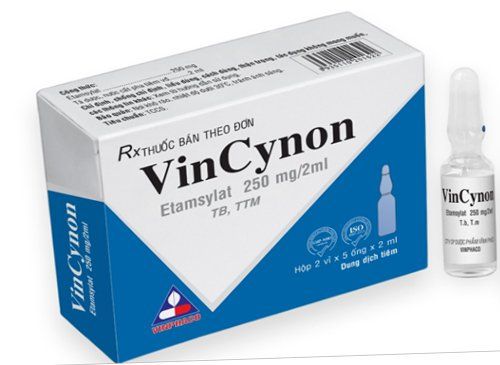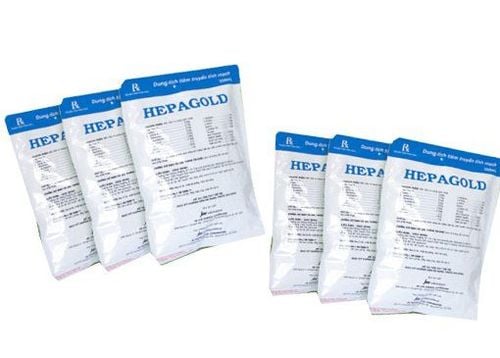This is an automatically translated article.
Bleeding is the loss of blood from the circulatory system. Causes can range from minor cuts and abrasions to deep cuts and amputations. Injuries to the body can also lead to bleeding, which can range from mild (considered superficial bruising) to heavy bleeding. First aid for heavy bleeding in a child is important to limit blood loss until a medical emergency arrives. First aid actions to control external bleeding include applying pressure directly to the wound, maintaining pressure with pads and bandages, and elevating the injured limb above the heart if possible. In this article, we'll provide more detailed information on what to do to help caregivers promptly deal with a baby's bleeding.
1. Causes of severe bleeding in children
Children are always the most active age, they love to explore and learn about everything around them, so it is inevitable that children may suffer from wounds and cuts that lead to bleeding. The most common causes of severe bleeding in children are:
Children play with toys or accidentally break objects with sharp edges. Children in traffic accidents Children fall or get injured while playing with friends.
2. The role of blood in the body
Blood accounts for 1/3 of the total volume of the human body and plays an extremely important role in maintaining the functioning of organs in the body
Regulating the circulatory system, keeping blood pressure stable
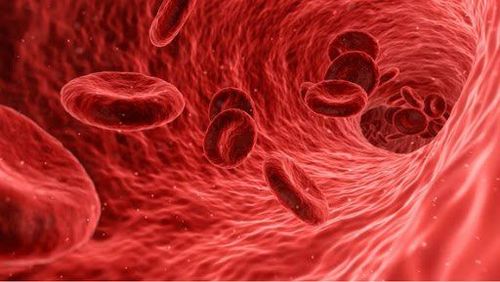
Máu có vai trò vô cùng quan trọng trong việc duy trì hoạt động của các cơ quan trong cơ thể
Supply oxygen to the organs in the body to produce energy to maintain the body's activities and transport carbon dioxide from the cells to the lungs for elimination. Hemostasis by blood coagulation Transport nutrients such as amino acids, glucose, ... from the small intestine to different cells and organs; At the same time, it brings waste products of metabolism to the excretory organs. Protects the body against infection by specific and non-specific immune mechanisms.
3. Consequences of severe blood loss in children
An adult has an average blood volume of 4.5 - 5.5 liters circulating in the body. When children are 5-6 years old, they will also have the same amount of blood as an adult. Meanwhile, a baby born with a weight of about 2.3 - 3.6 kg has only about 0.2 liters of blood.
When a child has a severe blood loss, he or she will feel cold, tired, and heart palpitations. More serious is the state of shock, falling into a coma, cardiac arrest or worst-case scenario, the child may die.
4. First aid steps for serious bleeding wounds
As soon as your child shows signs of unconsciousness or shock, immediately call an ambulance to take the child to the hospital.
But first, take the following local measures to stop bleeding:
Step 1: Lay the child on a hard surface, elevate the legs to increase blood flow to the brain and reduce shock. If possible, elevate (above heart) the injured area to reduce blood flow to the injured site. Meanwhile, remember to keep the baby warm.
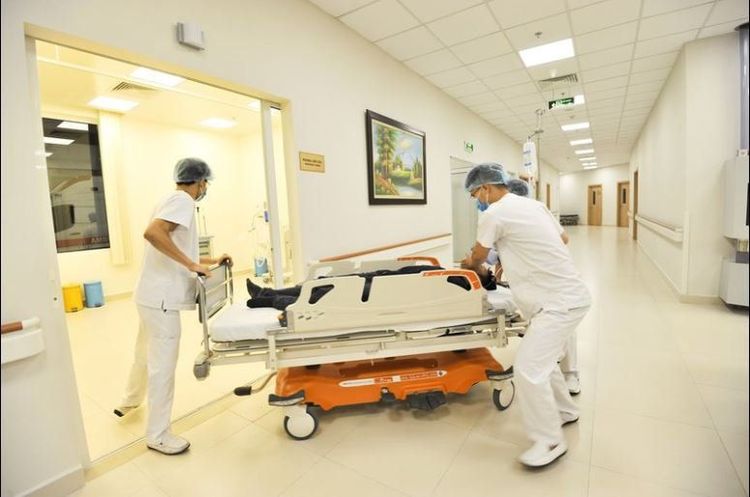
Gọi ngay xe cấp cứu đưa trẻ tới bệnh viên nếu bé có dấu hiệu bất tỉnh hoặc sốc
Step 2: Observe the injured area if you see an open wound at risk of infection, wear gloves if you have one or quickly use a clean bag to limit the infection of the wound as well as limit transmission between you and young.
Step 3: Pressure bandage to stop bleeding
+ Use a sterile bandage or a clean cloth to press directly on the wound or use your own hands when there is no substitute (if the wound has a foreign body that cannot be directly pressed on it). wound or removing the foreign body will cause more blood to flow, press both sides of the foreign body to prevent bleeding).
+ Maintain steady pressure until bleeding stops. Do not examine the wound and do not remove the dressing, or you may disturb the clotting mechanism of the wound that is forming.
If blood seeps through the bandage, do not remove the bandage, but place it on top of another layer. When the bleeding stops, continue to keep the bandage or cloth in place. To maintain pressure, wrap gauze around the bandage (if available) or use food wrap
Note to check the baby's head circulation to avoid the case that you apply pressure too tight that blood cannot circulate to the extremities . Check by pressing on your child's fingernails or toenails, if your fingernails or toenails don't turn pink right away, that means you're wearing too tight, need to loosen the bandage a bit.
5. Should use garo to stop bleeding for children?
The answer is no. Because although garo helps to stop bleeding, it cuts off the flow of blood to the injured site, which makes the wound worse and causes severe pain. Therefore, experts recommend using tourniquets only for the most severe injuries, such as amputation, and when no other method can stop the bleeding.

Không sử dụng garo để cầm máu cho các vết thương của trẻ
As a key area of Vinmec Health system, Pediatrics Department always brings satisfaction to customers and is highly appreciated by industry experts with:
Gathering a team of top doctors and nurses in Pediatrics : consists of leading experts with high professional qualifications (professors, associate professors, doctorates, masters), experienced, worked at major hospitals such as Bach Mai, 108.. Doctors All doctors are well-trained, professional, conscientious, knowledgeable about young psychology. In addition to domestic pediatric specialists, the Department of Pediatrics also has the participation of foreign experts (Japan, Singapore, Australia, USA) who are always pioneers in applying the latest and most effective treatment regimens. . Comprehensive services: In the field of Pediatrics, Vinmec provides a series of continuous medical examination and treatment services from Newborn to Pediatric and Vaccine,... according to international standards to help parents take care of their baby's health from birth to childhood. Advanced techniques: Vinmec has successfully deployed many specialized techniques to make the treatment of difficult diseases in pediatrics more effective: neurosurgery - skull, stem cell transplant blood in cancer treatment. Professional care: In addition to understanding children's psychology, Vinmec also pays special attention to the children's play space, helping them to play comfortably and get used to the hospital's environment, cooperate in treatment, improve the efficiency of medical treatment. If you have a need for medical examination with experienced pediatricians at Vinmec, please make an appointment on the website to be served.
Please dial HOTLINE for more information or register for an appointment HERE. Download MyVinmec app to make appointments faster and to manage your bookings easily.
Reference source: babycenter.com
SEE ALSO:
First aid for vascular wounds How does blood clotting and hemostasis take place? Mistakes in first aid when nosebleed




